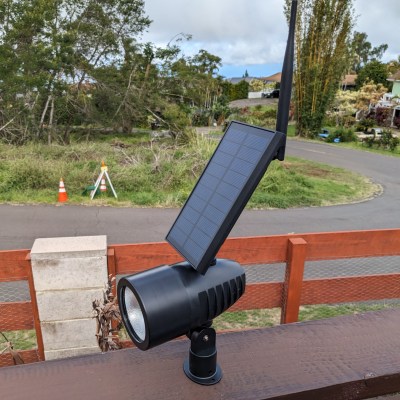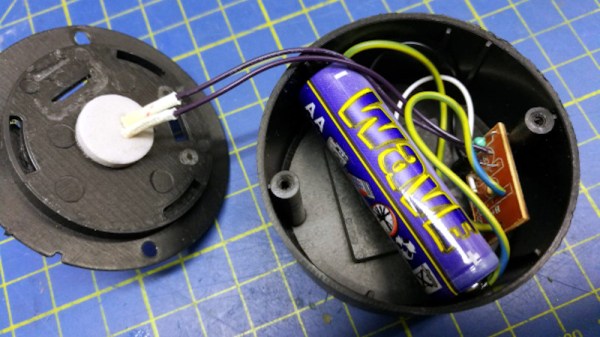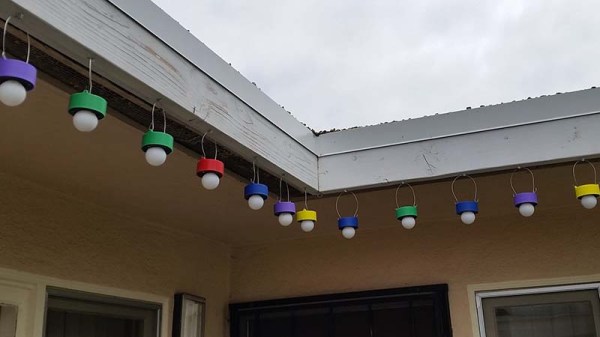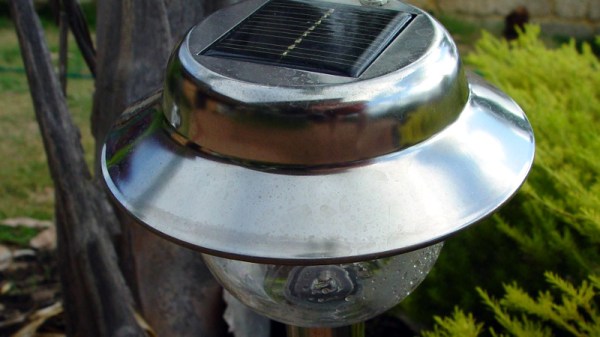We love a good deal, especially when it comes to scavenging parts for projects. Cheap outdoor solar lights are more than just garden accessories; they’re a handy source of waterproof enclosures, solar panels and batteries. This is demonstrated by [Tavis], who turned one such light into a Meshtastic LoRa communication node.

A nice feature on this specific $15 Harbor Breeze Solar LED is the roomy solar panel enclosure with integrated 18650 battery holder, allowing for easy battery swaps. [Tavis] was able to easily fit the RAKwireless modular dev board, and wire it into the light’s charging circuit. The cheap circuit is likely not the most efficient, but will probably get the job done. It’s always possible to just swap it out with a better charging board. [Tavis] also added an external antenna by using a panel-mount SMA pigtail connector.
The Meshtastic project is all about enabling text-only communications through LoRa-based mesh networks, built using off-the-shelf devices and development boards that won’t break the bank. The project has seen some incredible growth, with people all over the world setting up their own networks.
It’s not the first time we’ve seen garden lights get used in project. We’ve seen MQTT added to a PIR solar light with some clever power saving circuitry, and as a power source for Attiny85-based projects.


















